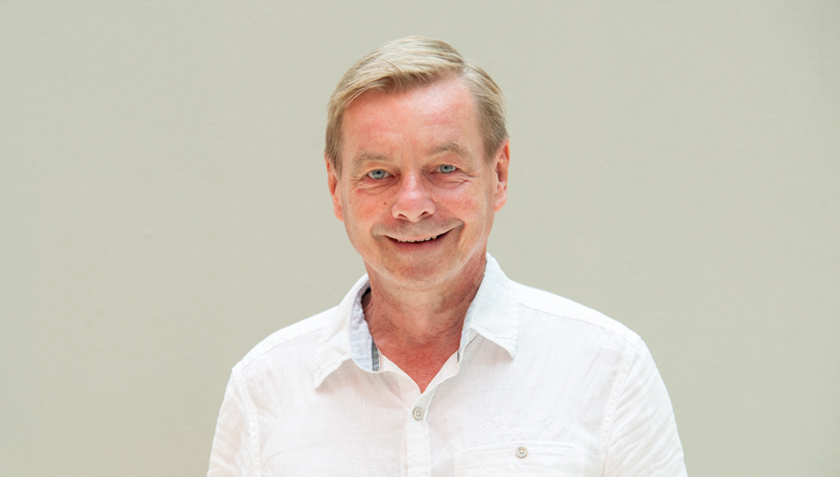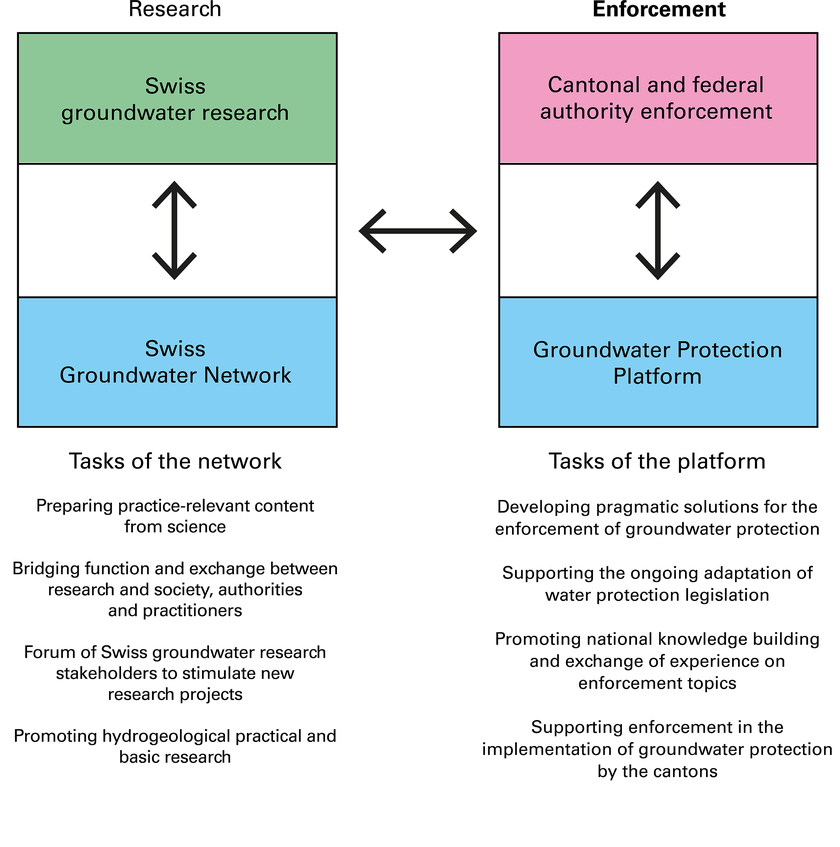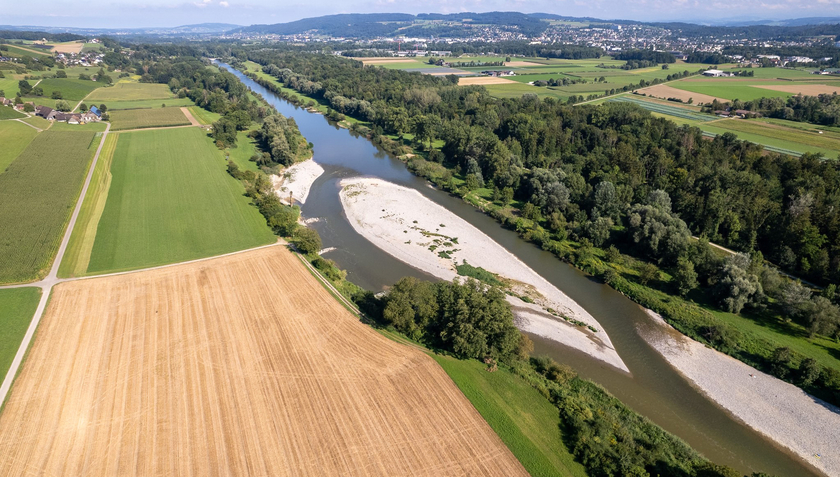“We want to give groundwater a face”

The Swiss Groundwater Network (CH-GNet) promotes the development of knowledge, supports specialised projects and fosters exchange between research and practice. Hydrogeologist Mario Schirmer is a co-founder and member of the network’s management team. Cooperation between science, the authorities and the population is particularly important to him.
Why is the Swiss Groundwater Network needed?
The network was founded five years ago to better manage the hydrological challenges associated with groundwater. We want to be a lobby for groundwater because it is a resource that is often overlooked. Even experts who deal with river revitalisation or urban planning often forget about groundwater.
What specific tasks does CH-GNet have?
The network aims to increase the visibility of research conducted in Switzerland by preparing scientific findings and making them available for practical use. It therefore acts as a bridge between practice-oriented and basic research. Our aim is to translate research findings into practice more quickly because the challenges are rapidly increasing.
Which topics are particularly important?
One topic that has already been addressed by the network is how to deal with dry periods in summer. Climate change is causing them to occur more frequently, increasing the pressure on groundwater. To prepare for dry periods, groundwater may be artificially recharged, for example. This is possible in cities if the collected water is of good quality, but also in the countryside, where a lot of water often flows directly into the rivers during heavy rainfall. Especially in spring, when it rains frequently, this water can be retained. To achieve this, the fields are left with residual vegetation and furrows so that the rainwater penetrates well and seeps into the subsoil, rather than being transported directly into the river.
Division of tasks between the Swiss Groundwater Network and the Groundwater Protection Platform. (Graphic: CH-GNet; see also article “Groundwater protection: support in enforcement”)
Can river water also be used to raise the groundwater level?
In the vicinity of larger rivers, groundwater can be recharged by artificially diverting river water using sluices. When the snow melts in spring, or during heavy rainfall, when the rivers are particularly full, the sluices are opened and the water is allowed to flow onto neighbouring meadows, where it penetrates the subsoil. However, when the first surge arrives, the water is often very cloudy and may contain a number of pollutants. Naturally, this water must not be allowed to seep into the subsoil. Mechanisms and processes need to be developed to ensure that the sluices are opened at the right time.
Can the revitalisation of rivers also have a positive effect on groundwater levels?
Yes, if a river is given more space, much more water can penetrate into the subsoil during flood events and fill up the aquifer. This is also a form of artificial groundwater recharge. In addition, floods are attenuated and more natural areas with greater biodiversity are created. There are good examples in the Canton of Thurgau. Here, we work closely with the cantonal authority, as it intends to further revitalise the Thur valley and improve flood protection with its Thur3 project.
Thur3 is planned to run for 30 years and is a generational project.
It is true that these kinds of projects are designed for the very long term because you have to plan far in advance. You have to clarify exactly where revitalisation is worthwhile. Then you have to enter into discussions with the municipalities and private owners, because land is needed for revitalisation that perhaps now belongs to agricultural enterprises or where new housing or industrial facilities are to be built. We have to find compromises and weigh up interests, but also think about groundwater, because this is the resource that will ensure a good supply of water in the future. With our network, we want to give groundwater a face and the value it deserves.
How is the Swiss Groundwater Network organised?
The network is broadly supported. The management body consists of representatives from the federal government and cantons as well as from research, industry, agriculture and the Swiss Society for Hydrogeology. The core scientific team includes researchers from Eawag, the Universities of Neuchâtel and Basel, the Swiss Institute of Speleology and Karstology, ETH Zurich and Agroscope. In addition to the network’s own research projects, we can also respond to enquiries from the field. For example, we regularly offer webinars on various topics.
How is CH-GNet funded?
In the first few years, the costs were borne by Eawag. We have since been able to find additional sponsors in the form of the Federal Office for the Environment (FOEN) and a number of cantons and water suppliers. But we need even more resources for the future. I hope that more cantons in the French-speaking part of Switzerland will also provide funding to the network.
How do you rate the cooperation between the various players?
When I came to Switzerland from Germany in 2008, I was very pleasantly surprised by the excellent expertise of my colleagues at the federal, cantonal and municipal level. Unfortunately, I think there is still a lack of dialogue. The agricultural sector, for example, is often pilloried for its use of pesticides. That’s wrong; you have to talk to each other and find compromises. Pesticides, for example, should only be used in a very targeted manner or less toxic substances should be developed. Better cooperation between science, the authorities and the population, including agriculture, is one of our goals. This is the only way to solve the challenges of the future with respect to groundwater resources.
Where is there further room for improvement?
Today, many communities still have their own wells which they use for their own supply. Greater cooperation and networking between water suppliers can bring major benefits. This is because the groundwater may not be usable at times, for example if it is contaminated by pesticides or deficits occur due to dry periods. A collective water supply that covers a larger area and in which other aquifers can also feed the distribution network can help. We have enough good-quality water in Switzerland, but it must be used wisely and protected.
Created by Barbara Vonarburg for the Info Day Magazine 2025




